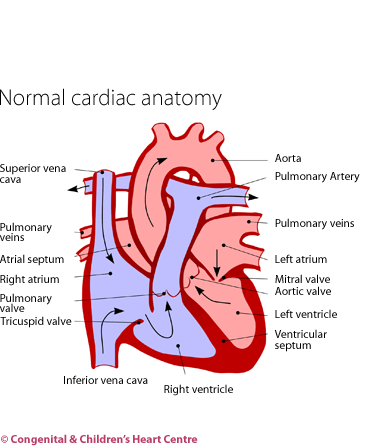Vasovagal syncope, pre-syncope and POTS

What is it?
Vaso-vagal syncope is a temporary loss of consciousness associated with a drop in blood pressure. It is also know as a simple faint, neurocardiogenic syncope or neurally-mediated syncope.
Pre-syncope refers to near loss of consciousness. Postural orthostatic tachycardia syndrome (POTS) is a related condition that causes a number of symptoms on transitioning from lying down to standing up such as fast heart rate, dizziness and fatigue.
How many people get it?
Up to 50% of people can faint given the correct circumstances at some stage of their life.
Who gets it?
Anyone can get this condition. It is prevalent in teenagers and more common in those with a positive family history.
What are the signs and symptoms?
Vaso-vagal episodes usually occur when standing still or rising suddenly. Events may be associated with times of emotional stress, pain or acutely stressful situations.
Onset may be sudden or associated with warning signs such as visual disturbance, nausea, sweating, tiredness, light-headedness, pallor or headache. Just before fainting the person may experience a racing heart, feeling of warmth or cold, yawning, vomiting, difficulty talking or disorientation.
The fainting is usually a gentle collapse to the ground with a brief period of unconsciousness and prompt recovery. In some cases it may be more complex without warning, jerking of the limbs, incontinence and slow recovery. At the end of the faint hearing may return before the ability to move.
After a faint the person may experience nausea, clamminess, light-headedness, headache, malaise, vomiting, abdominal discomfort, weakness, tremors, cold or warm feelings and disorientation. If there are frequent events then in between he/ she may experience chronic fatigue, headache, exercise intolerance and intolerance of prolonged standing.
What kind of tests might I have?
The diagnosis may be made on taking a thorough history and in the presence of a normal physical examination. Lying and standing blood pressures may be taken. An electrocardiogram (ECG) and 24 hour ECG monitoring may be performed to identify an arrhythmia (heart rhythm disturbance). An echocardiogram may be performed to exclude structural heart disease. Often an EEG is arranged by the paediatrician or paediatric neurologist to identify epilepsy.
Where there are frequent events a tilt test may be performed to assess heart rate and blood pressure responses to tilting.
What is the treatment?
- Avoidance of situations where syncope occurs
- Sitting down, lying down or placing the head between the legs once the initial symptoms begin
- Vigorous movements of the legs
- Isometric movements of the arms
- Increased salt and water in the diet
- Regular meals
- Drug therapy (for more debilitating symptoms) may be required for example slow release salt tablets, midodrine, fludrocortisone, ivabradine
What is the prognosis?
Usually frequent vaso-vagal syncope will improve as the late teens approach. In some predisposed people they can occur throughout life given the correct circumstances.
Download Vasovagal syncope, pre-syncope and POTS PDF![]()
Patients diagnosed with recurrent vasovagal syncope are recommended to visit the STARS website for further information.
